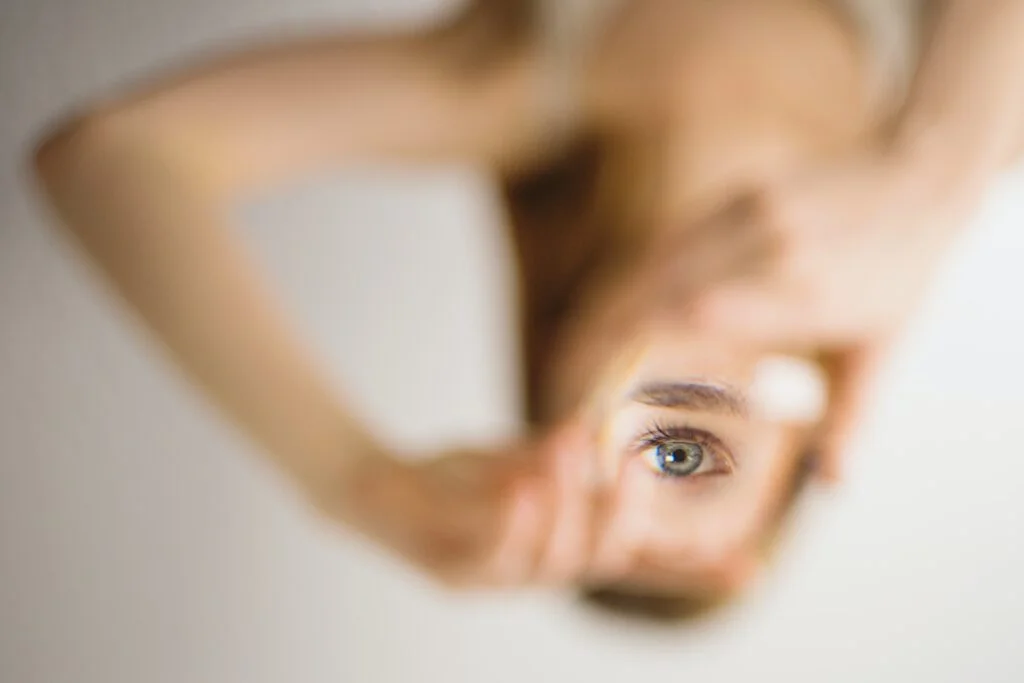Have you ever wondered why certain colors make you feel angry or agitated? In this article, we explore the fascinating connection between color and emotions, specifically focusing on the color red. From cultural associations to physiological responses, we uncover the reasons behind why this vibrant hue can trigger feelings of anger and annoyance. So, put on your analytical spectacles as we take a closer look at what color truly means when it comes to feeling mad.
What Color Means Mad?
Table of Contents
The Psychology of Colors
We often underestimate the profound impact that colors can have on our emotions. From sadness to excitement, colors have the power to evoke a wide range of feelings within us. The field of psychology has delved deeply into the study of color psychology, unraveling the mysteries behind the way different colors influence our moods and mental states. In this article, we will explore the psychological impact of various colors, as well as the cultural associations they possess.
The Impact of Colors on Emotions
Colors have a unique ability to evoke emotions, both consciously and subconsciously. The human brain responds to certain colors in predictable ways, leading to specific emotional and physiological responses. For example, warm colors like red, orange, and yellow tend to elicit feelings of warmth, energy, and excitement. On the other hand, cool colors such as blue and green are often associated with calmness, tranquility, and relaxation.
It is important to note that individual experiences and cultural backgrounds can influence our reactions to colors. While some color associations are universal, others may vary across different societies. Let’s dive into the psychological effects of specific colors to gain a deeper understanding.
The Color Red
Red, with its intense vibrancy, tends to elicit strong emotional responses. Often associated with passion, power, and energy, it can evoke feelings of excitement and arousal. However, it is equally capable of triggering aggression and anger. The color red has been shown to increase heart rate and blood pressure, emphasizing its ability to stimulate our bodies physically.
The Color Black
Black is often associated with darkness and negativity. It can symbolize mystery, elegance, and sophistication. In different cultural contexts, black can take on various symbolic meanings. In Western cultures, it is predominantly associated with mourning and solemnity, while in other societies, it may represent power, authority, or even rebellion. Despite its negative connotations, black is also used to create a sense of formality and strength.
The Color Blue
Blue is known for its calming and soothing qualities. The color of the sky and the ocean, it brings a sense of serenity and tranquility. Blue has been found to reduce anxiety and lower blood pressure. However, in certain contexts, it can also evoke feelings of sadness and melancholy, often associated with the phrase “feeling blue.” It is essential to recognize that the emotional response to blue can vary depending on the shade and intensity of the color.

The Color Green
Green is a color associated with nature, growth, and renewal. It symbolizes harmony and balance, frequently eliciting feelings of peace and well-being. Additionally, green is often linked to the nurturing aspect of life, inviting feelings of comfort and relaxation. However, green also has negative associations. In some cultures, envy and jealousy are often associated with this color, highlighting how cultural context plays a significant role in our perception of colors.
The Color Yellow
Yellow is the epitome of sunshine and happiness. Associated with joy, optimism, and energy, it has the power to uplift our spirits. Yellow is often used in contexts that aim to enhance creativity and promote positivity. However, when overused or used incorrectly, yellow can also evoke irritability and anxiety. The brightness and intensity of yellow can be overwhelming if not used subtly.

The Color Orange
Orange is a highly energetic and enthusiastic color. It is known to ignite feelings of excitement, warmth, and enthusiasm. Orange is often used to draw attention and stimulate conversation. However, it can also carry negative connotations. In some cultures, orange represents caution or danger, bringing a sense of alarm or warning. The cultural context in which orange is used greatly influences the emotions it evokes.
The Color Purple
Purple, historically associated with royalty and wealth, can elicit feelings of luxury, opulence, and power. Its rich hue is often perceived as regal and sophisticated. At the same time, purple can also evoke ambivalence and mystery, provoking intrigue and curiosity. The varying shades of purple contribute to its versatile nature, providing different emotional experiences depending on the particular hue.

The Color Brown
As the color of the earth, brown is strongly linked to nature, stability, and warmth. It often elicits feelings of comfort and reliability. However, it can also be associated with dullness and boredom if used excessively or inappropriately. Brown, in the right context, exudes a sense of organic and wholesome energy, reminding us of the earth and grounding us.
The Color Gray
Gray is often seen as a neutral color, balancing between black and white. It represents practicality, calmness, and sophistication. Gray is frequently utilized in corporate settings due to its professional and authoritative connotations. However, excessive exposure to gray can lead to a feeling of dullness and sadness. Like any color, moderation is key to avoiding the potential negative impact of gray.
In conclusion, colors embody a multitude of emotions and connections. From the fiery passions of red to the serene tranquility of blue, each color holds its own psychological significance. However, it is crucial to remember that while some associations remain consistent across cultures, others may differ widely. Understanding the psychology of colors allows us to harness their power intentionally, whether in our daily lives, artistic endeavors, or marketing campaigns. So, next time you encounter a vivid hue or a muted shade, take a moment to reflect on the emotions it evokes within you.


